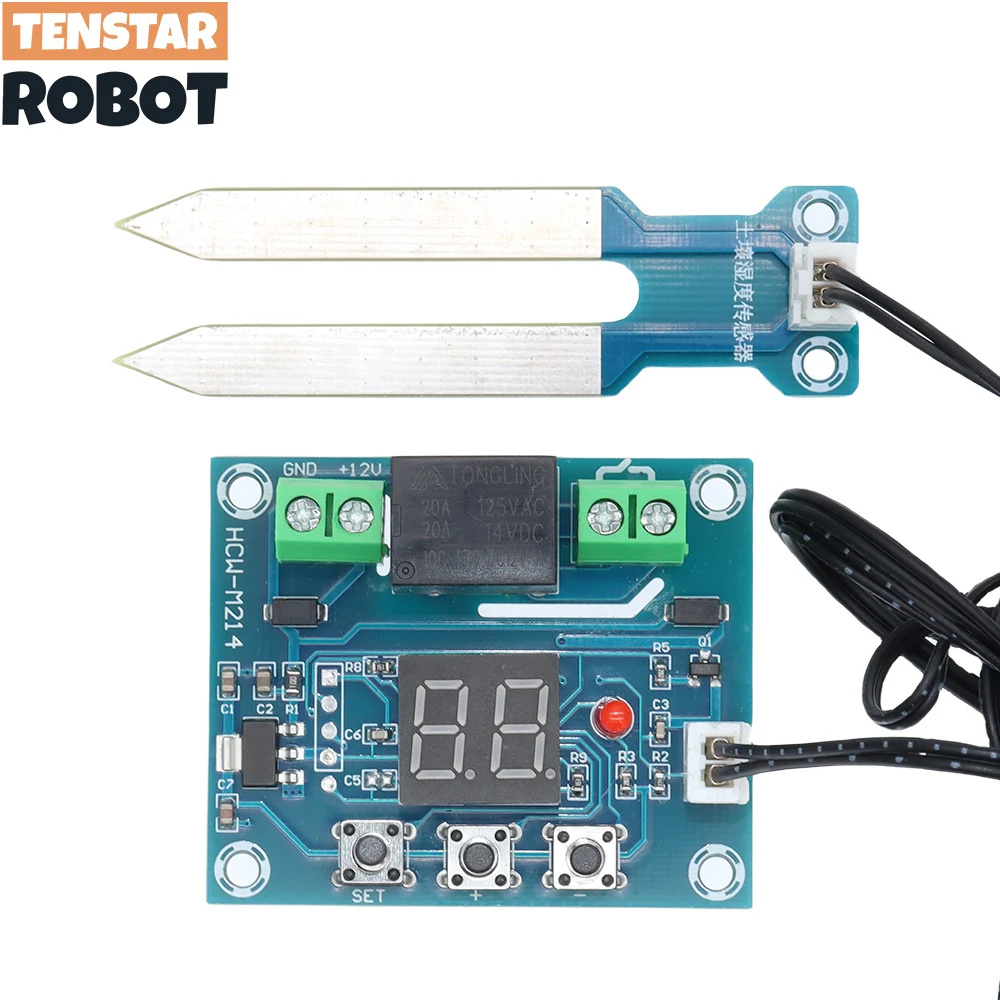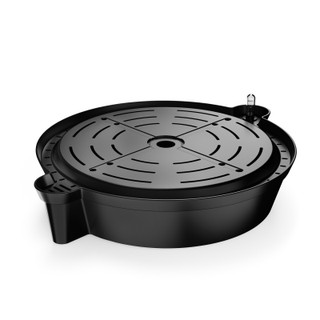Ca++
Well-known member
Has anyone played with this?

You can add 4 more sensor/pump sets to this board, for another $10
With pricing like this, you could probably buy twice. Using both at the same time. So if one failed, you wouldn't loose a plant.
My stumbling point is the fancy board. Is it realistic to be getting a cpu based controller for such low pricing. More importantly, where are the buttons? I guess we plug in a PC, so where is the software to study it's abilities.
It seems very good. I made stuff like this with metal probes, but they fail rapidly. This looks like it could work though. The relay is quite big, so pump choice isn't limited to this provided one.
It seems so good... but where is the software? I have no idea how to use this board, or how much I need to know.

You can add 4 more sensor/pump sets to this board, for another $10
With pricing like this, you could probably buy twice. Using both at the same time. So if one failed, you wouldn't loose a plant.
My stumbling point is the fancy board. Is it realistic to be getting a cpu based controller for such low pricing. More importantly, where are the buttons? I guess we plug in a PC, so where is the software to study it's abilities.
It seems very good. I made stuff like this with metal probes, but they fail rapidly. This looks like it could work though. The relay is quite big, so pump choice isn't limited to this provided one.
It seems so good... but where is the software? I have no idea how to use this board, or how much I need to know.










